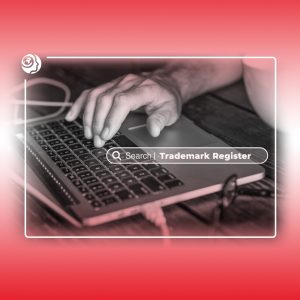Following our exploration of trademark registration in Egypt in Part Two, we now advance to the next level: international trademark registration. This section provides a detailed examination of the Madrid System, the most widely used framework for protecting trademarks across multiple countries through a simplified process.
1. What is the Madrid System for International Trademark Registration?
The Madrid System is a legal framework administered by the World Intellectual Property Organization (WIPO) that enables trademark registration in over 130 member countries through a single application. Its core purpose is to streamline procedures and reduce costs compared to individual country registrations. Register a trademark in Egypt or international trademark registration
Key Advantages:
Time Efficiency: Instead of filing separate applications in each country, one application suffices.
Cost Savings: Lower fees compared to individual country filings.
Flexibility: You can expand protection to additional countries later.
2. Eligibility Criteria for the Madrid System
To use the Madrid System, you must meet the following conditions:
Nationality/Residency: You must be a citizen or resident of a member country (Egypt has been a member since 1952).
Basic Application/Registration: You must have a pending or registered trademark in your home country (e.g., with the Egyptian Patent Office).
Identical Mark: The international mark must exactly match the one in your home application (no modifications allowed).
3. Step-by-Step Process for International Registration
Step 1: Ensure Your Mark is Ready for International Registration
Confirm your mark is registered (or pending) in Egypt.
Identify target countries (e.g., Saudi Arabia, UAE, Germany).
Step 2: File the Application Through the Egyptian Patent Office
Submit the international application via your local office (Egypt), which forwards it to WIPO. Required documents include:
International Application Form (MM2).
Copy of the Egyptian registration certificate.
List of designated countries.
Payment receipt (fees vary by country and class).
Step 3: WIPO Examination
WIPO reviews the application within 3–6 months to verify:
Completeness of documentation.
Consistency with the home registration.
If approved, WIPO records the mark in the International Register and notifies the trademark offices of designated countries.
Step 4: National Examination by Each Country
Each country has 12–18 months to accept or refuse protection based on its laws. Some countries (e.g., the U.S.) require additional scrutiny. Register a trademark in Egypt or international trademark registration
Step 5: Obtain International Protection
If all countries approve, you receive an international registration certificate, granting protection for 10 years (renewable).
4. Cost Structure
Fees comprise three main components:
Basic Fee (WIPO): 653 Swiss francs for one mark in three classes.
Certification Fee (Egypt): ~1,000 EGP.
Individual Country Fees: Vary widely (e.g., Saudi Arabia: ~500–700;UAE: 500–700;UAE: 800–1,000).
Estimated Costs in Key Countries:
| Country | Approximate Fee (USD) | Examination Period |
|---|
| Saudi Arabia | 500–700 | 12 months |
| UAE | 800–1,000 | 12–18 months |
| United States | 1,000–1,500 | 18–24 months |
| China | 400–600 | 12 months |
5. Frequently Asked Questions
Q: What if one country refuses my application?
A: Refusal in one country does not affect others. You may appeal or modify the application per that country’s requirements.
Q: Can I add more countries after the initial registration?
A: Yes, by filing a “subsequent designation” request and paying additional fees.
Q: How long does the entire process take?
A: Typically 18–24 months for full protection in all designated countries (if no objections arise).
Key Takeaways
The Madrid System is the optimal choice for businesses targeting global markets, offering significant time and cost savings compared to individual country filings. In Part Four, we explore alternative international registration routes, including the EU system and direct national filings for non-member countries.
(Next: Part Four – Alternatives to the Madrid System for International Registration.)
Call us now:






